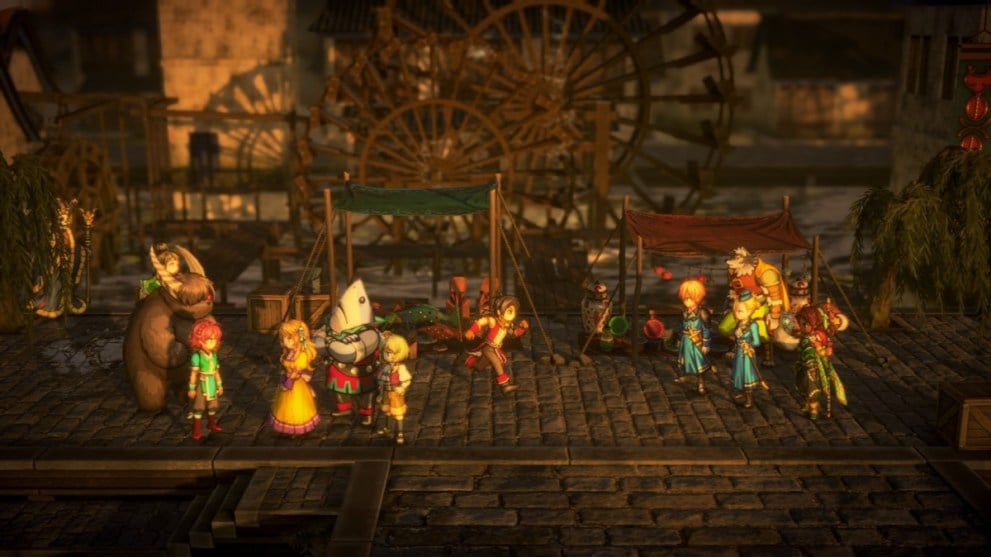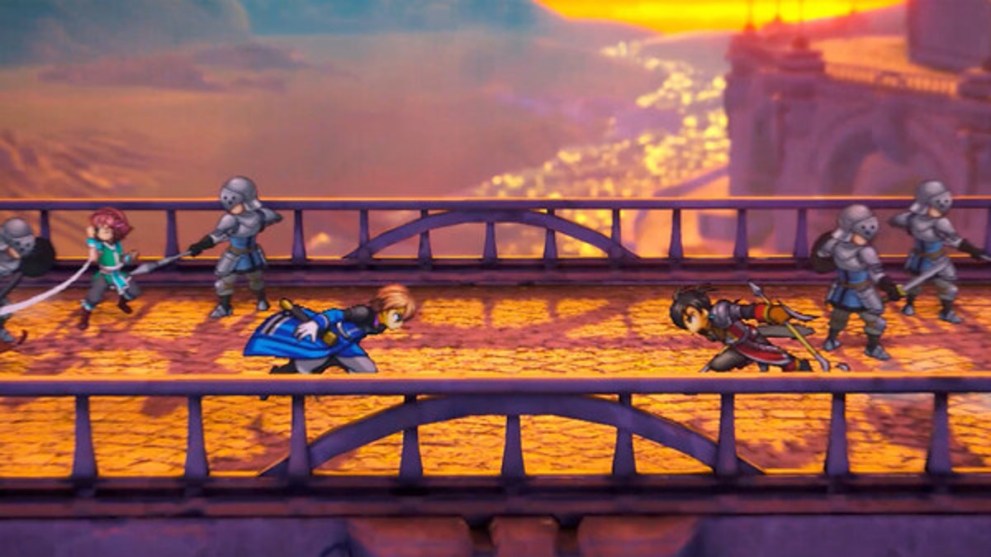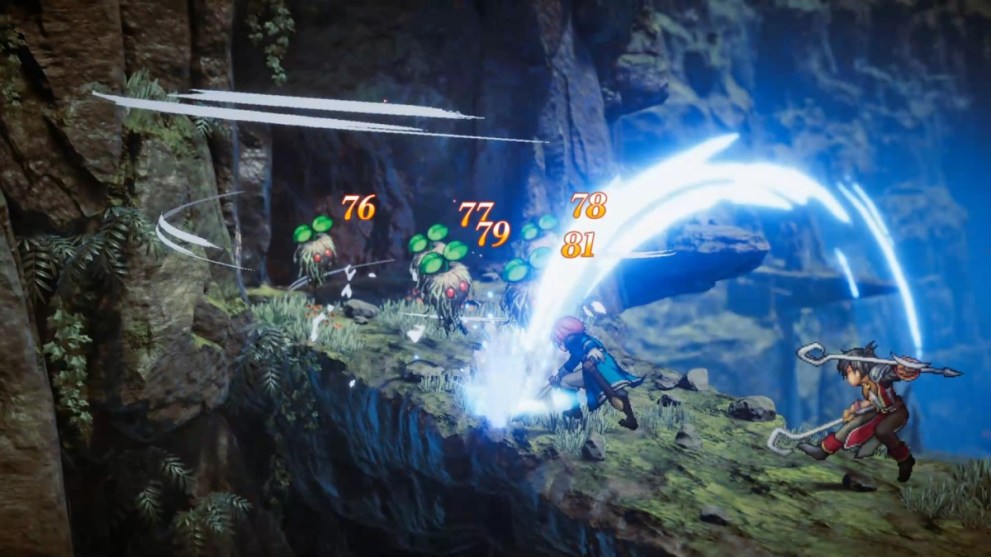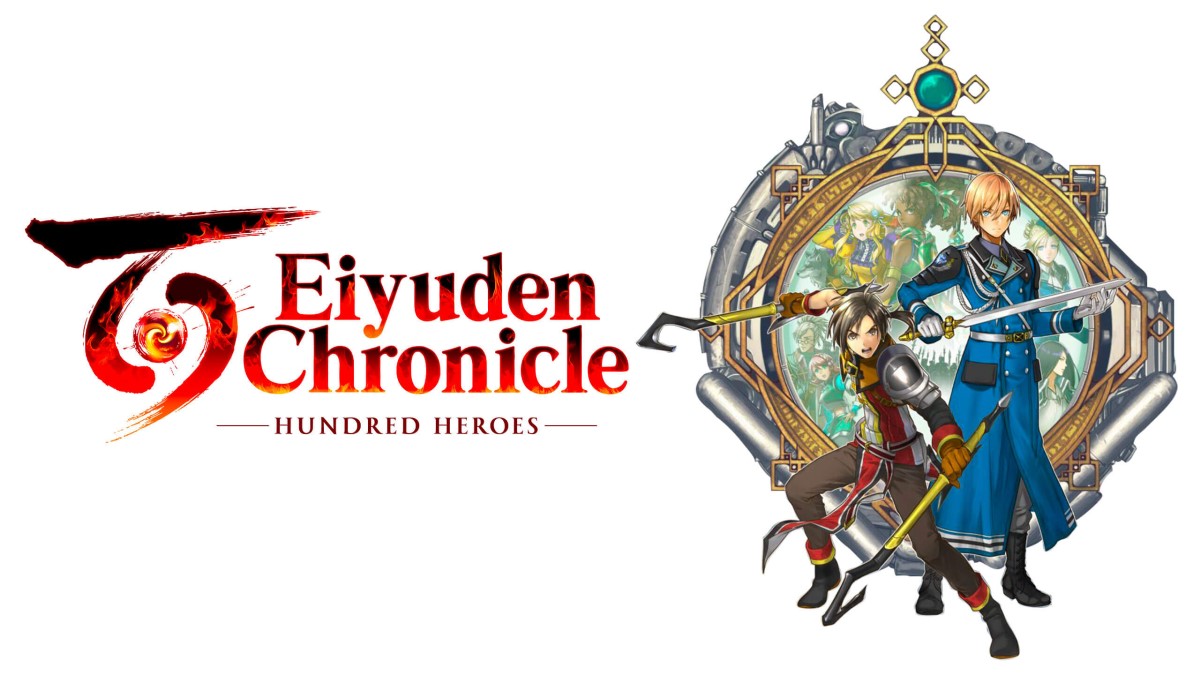Eiyuden Chronicle: Hundred Heroes on PC
Eiyuden Chronicle: Hundred Heroes has had a rocky road to release. Originally slated for release in 2022, the latest (and, sadly, final) game from legendary Suikoden creator Yoshitaka Murayama is a beautifully executed JRPG that feels both modern and nostalgic. Above all else, it’s a game in which the developer’s passion for the genre is evident in everything from the storyline to the battles.
Eiyuden Chronicle: Hundred Heroes is, in one word, beautiful. It’s an effective throwback to Suikoden, but perhaps most importantly, had it come out at the time it would have blown people away. Every detail has been lovingly crafted, from the gorgeous environments to the lighting and shadow design to the optional depth of field options. The sound design is similarly beautiful, with emotive music that underscores the events.
There are 120 recruitable heroes throughout the game, and each of them has a unique design. Not only does this make it easier to find heroes in the field, it also helps to differentiate between them. I never found myself confused between, say, Yusuke and Wyler, but I did find myself eager to try out every new hero I came across. Not all of the designs are home runs (I was a bit disappointed that the one openly queer character of the many available was a sexually aggressive man in a skintight unitard, to give one example) but thankfully the hits are far more common than the misses.
However, not all of the heroes are controllable in combat. Some characters can occupy support roles, offering boons such as extra resources at gathering spots or the ability to change your party on the fly. Others only join your headquarters (more on that later). Still, I never felt that my options were limited. On the contrary, I found myself taking my time to level up as many characters are possible.

Each recruitable hero is introduced with a little story segment that helps to define their character, and while there are plenty of familiar archetypes there are also a lot of characters who put their spin on them, such as a white mage with rage issues she channels into physical strength or a six-year-old girl who rides into battle atop a yeti-like creature.
In battle, you create a party of up to ten, including up to six members of the active party. The support characters, as previously mentioned, offer bonuses. The attendant role, meanwhile, is reserved for mandatory characters you don’t necessarily want to use. As such, there’s plenty of opportunity to build your ideal party.
However, there’s a heavy element of strategy involved. Some characters can only attack from the frontlines, so a full party of such heroes will hamper your potential. Others take up two spaces, so putting them in the party means one fewer hero. Some heroes can also combine their skills for a devastating Hero Attack, so for example it’s worth keeping the brother and sister together where possible.
This isn’t to say the game is easy. Some of the bosses took me several attempts, and I’ve been playing JRPGs for almost thirty years. The lack of an ability to scan enemies can make some bosses frustratingly difficult, while your tiny inventory will quickly fill up, often with rune lenses you’ll need to leave a dungeon to equip. As such, I found myself in situations where a boss would quickly chew through my healing items while I struggled to revive my healers.
There were occasional graphical glitches, such as unnatural blending of the light and shadows. Autosaving only occurs when entering the world map from a town or dungeon, and since some areas are devoid of save points it can be a little frustrating if you want to take a break but have to keep going. Some of the many minigames are somewhat underbaked too, including the town-building mechanic. The loading times are also quite long by modern standards, which can be somewhat frustrating.

As previously mentioned, some recruitable heroes will join your town in a non-combat role. Instead, you can assign these heroes to run a shop or facility, such as a mine or farm. In practice, however, there isn’t much customization available. You can’t choose where to put the hot springs or the restaurant, you simply choose to build one once the option is available. It helps make the final product cohesive but perhaps lacks a little opportunity for creativity.
The characters could perhaps see a little more development. Many of the recruitable characters stand out in their introductory scenes, but after that are simply relegated to the occasional line. It would have been nice to see at least some of them get deeper exploration, but I understand that this is a pragmatic choice – after all, with over 100 heroes and a world so rich, giving each a detailed backstory might be overwhelming.
The game advertises three central heroes, but of the three Nowa is the clear protagonist for large sections. While Seign joins the party at an early stage, he isn’t seen again for a long period, instead taking more of a star-crossed friends role with Nowa. Marisa, meanwhile, doesn’t appear until some ten hours into the game.
Things open up a bit in later sections, with the ability to switch to another hero’s perspective, but Nowa feels like the central hero. It’s through him we experience vast swathes of the story, but that’s not necessarily a bad thing. Nowa fits the idealistic hero mold so common in JRPGs, but I found him the most engaging of the three.

Eiyuden Chronicle: Hundred Heroes isn’t a perfect game, by any means, but it is a brilliant one, and really shows that an indie game can still succeed in an AAA world if it has a strong vision and passion. Murayama sadly passed away earlier this year, but he left us with a beautiful final game that acts as a fitting final title which sums up his legacy.
- A wonderful throwback to classic JRPGs
- Beautiful graphics and character design
- A well-realized world you'll want to explore
- Occasional graphical glitches
- Some underbaked minigames
- Many recruitable characters are quickly sidelined













Updated: Apr 23, 2024 07:16 am